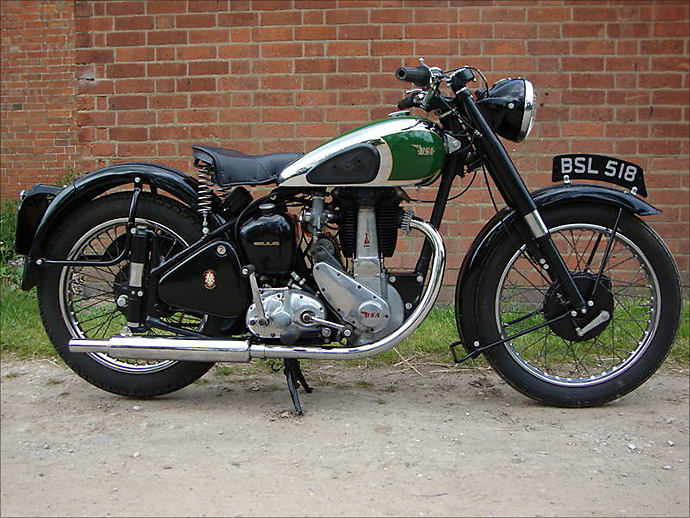 A 1952 BSA B33 “BSL 518” – great to own, hard to pronounce. Photo by Frank Hilton
A 1952 BSA B33 “BSL 518” – great to own, hard to pronounce. Photo by Frank Hilton
Ever thought about buying a vintage bike. Of course you have! You know you want to. Hell, who doesn’t? In my perfect world (or mind), a character test, job interview, police interrogation, or court hearing would all involve the same simple question – “do you now, have you ever, or will you at some point in the future own a vintage motorcycle?” “Yes,” you say? Well, you’ve got the job/passed the test/are a free man despite the seemingly insurmountable evidence involving the hookers, jumping castle, and those fluorescent rubber clown masks.
But let’s cut to the chase. You’re afraid to own one, aren’t you? AFRAID! Like a big baby, you are! Oh look at you with your cool 80s motorbike and your iPhone and your streaming movies on demand! You are soft, is what you are. Spoilt by too many modern conveniences. What you need is to get back to you roots – to get your hands dirty and to connect, really connect, with what it means to be alive and free. Paul d’Orléans knows exactly what it’s like to be a real man. Hell, he’s got more man in his little finger than most of you have in your entire, pudgy, mobility-scooter-bound bodies. He’s not afraid; he’s got a ton of them. Hundreds! So us big babies here at Pipeburn decided to ask Paul how we could man-the-hell-up and get ourselves a vintage bike without all the pain, breakdowns and wasted time. God, we’re soft.
Pipeburn: “I’m thinking about purchasing a vintage bike; something 1960s or earlier. Open to any brand or model. But i’m more than a little scared about the upkeep, expensive mechanical issues, and lack of parts along with the time they soak up. Any recommendations for a rock-solid old bike that’s easy to work on and not too expensive to maintain or hard to find parts for?”
Paul: “There are plenty of totally affordable 1960s bikes which are super reliable with excellent spares availability. I’ll assume you want a middle weight and larger (500cc and up), and give my recommendations.
The early Honda CB450 ‘Black Bomber’s are excellent, fast, and look great to my eye, with their chrome tanks, and they’re fast and handle well enough. Spares and knowledge easy to come by. A later CB450 would be cheaper; find a good original one, they’re beautiful.”
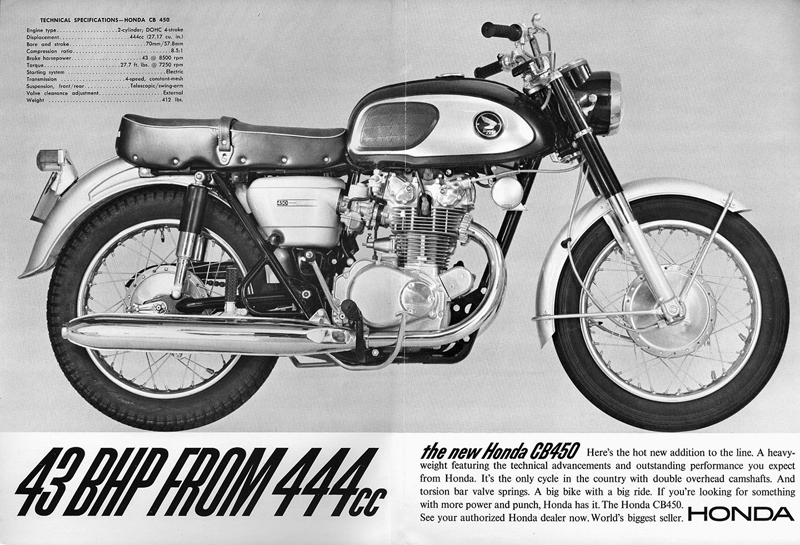
“If you want a German bike, that will mean BMW. The R50 and R60 aren’t expensive in average condition. They can be upgraded with ‘S’ cylinder heads without crazy expense too. If you find a ratty one which runs, playing with the ‘look’ is fun, but they also look great completely stock with a solo Pagusa saddle.”
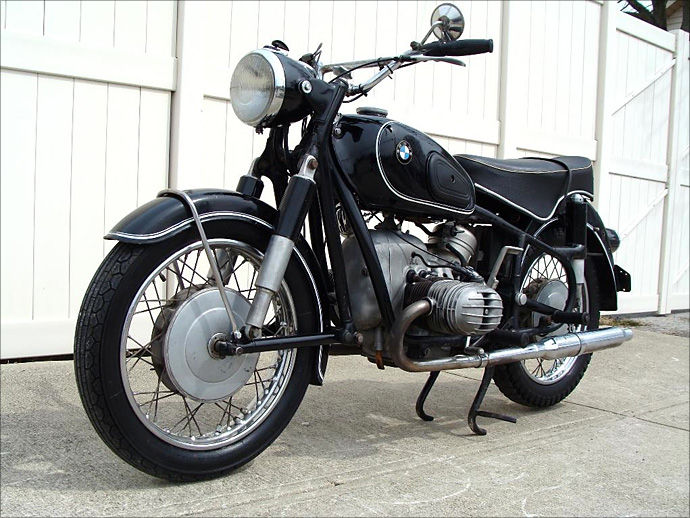 A 1969 BMW R60. “Buy me,” she says. “Buy meeee…”“On the American end, early Sportsters are cheap, and you can get all the parts, plus there is a huge service network for them. They are amenable to tuning and whatever cosmetics you choose. I quite like the East Coast business which uses old Benelli tanks on Sportys, as I’m no fan of the trad tiny HD tank, unless you’ve got an XLR or KHK… but then you’ve entered into an expensive world of badass.
A 1969 BMW R60. “Buy me,” she says. “Buy meeee…”“On the American end, early Sportsters are cheap, and you can get all the parts, plus there is a huge service network for them. They are amenable to tuning and whatever cosmetics you choose. I quite like the East Coast business which uses old Benelli tanks on Sportys, as I’m no fan of the trad tiny HD tank, unless you’ve got an XLR or KHK… but then you’ve entered into an expensive world of badass.
In the British scene, you’re going to have more hands-on time, as they were in fact designed to be maintained by the owner, and can be infinitely rebuilt fairly easily, with a good manual and some tools. Big vertical twins are still pretty cheap, Triumphs and BSA, and can be very reliable if done properly. Bad electrics and crappy rebuilds are common though, and I understand the Fear which keeps kids away from Brit stuff. They reward the work put into them. Among all Brit stuff, the singles are really simple to keep going and are really fun. My favorites are Velocettes; the Venom engine is a rock (100mph for 24hrs – nobody else did it), and they are smooth and handle beautifully. Total spares availability, huge owner’s clubs, but you’ll have to learn a bit about peculiarities like the clutch, and live with the oil leaks.
Italian midweights of the 60s are rare; there’s the Benelli Tornado 650cc, but no spares. Ducati singles are really fun, with good support, and are still fairly cheap – the 450s really go, as their chassis is basically the same as the 250.”
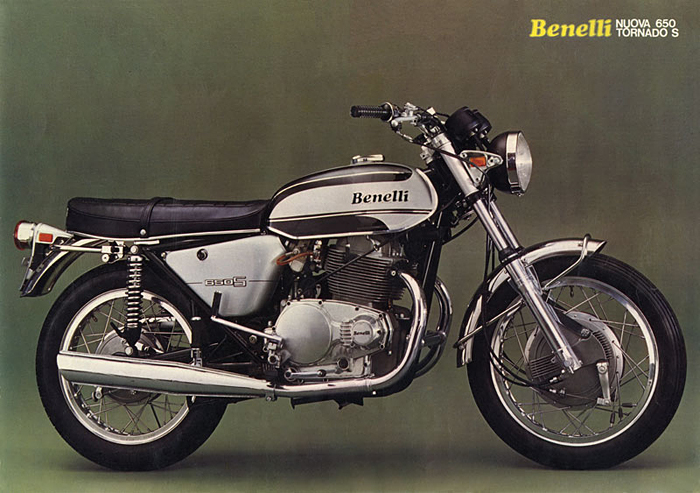 1971 Benelli Tornado 650cc – Nice but no spares
1971 Benelli Tornado 650cc – Nice but no spares
“If you’re willing to enter the 1970s, there are a million possibilities which are super cheap and lots of fun, but that’s another question!”
Pipeburn: And what would be your No.1 English bike from the 50s that would fit the bill?
Paul: “I’d say any 50s Britbike with an iron top end; BSA A7 or A10, Triumph Thunderbird, BSA B33, Velocette MAC or MSS, AJS 16, etc. Why? They are less highly tuned than later alloy-engine models, and the iron doesn’t warp and cause leaks, they run quieter and are sweeter-running in general.”
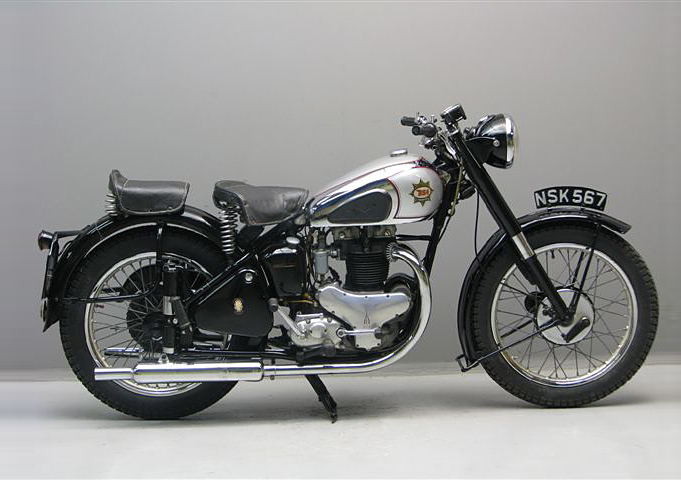 A ’49 BSA A7 with a 500cc twin. Rule Britannia!
A ’49 BSA A7 with a 500cc twin. Rule Britannia!
